What makes Champagne so special? It is the most prestigious sparkling wine in the world made only from grapes grown on the chalky soils in Champagne, the most northernly of France’s wine regions, about an hours drive east of Paris. Only three grape varieties are permitted, Chardonnay, Pinot Noir and Pinot Meunier. Curiously, for a wine that is white it is actually made mainly from black grapes, however there is minimum contact between the skin and the juice.
To produce Champagne’s unique bubbles, the wine undergoes a secondary fermentation process in the bottle. This is done by adding a small amount of yeast and sugar the carbon dioxide produced during this second fermentation become trapped within the bottle and create the sparkling or carbonated effect.
Each part of the procedure is labour intensive all of which adds to the cost of making sparkling wine in this way.
A good way to judge the quality of Champagne is by looking at its bubbles. Tiny, very fine bubbles well integrated into the wine are a sign of a well made Champagne.
Only sparkling wine made in the region of Champagne using this method can be called Champagne. However, there are other parts of world producing top class sparkling wine following the same method. Such as Napa Valley in California, England, South Africa, New Zealand, Francicorta in Lombardy, northern Italy, and of course Cava. Cava is similar to Champagne in the way it is made and that there are specified areas where the grapes can only be grown.
Outside of Champagne, I would say the finest sparking wines ‘metodo champenoise’ come from South Africa and New Zealand. Wineries such as, Graham Beck Vineyards, South African or Hunters, Marlborough New Zealand or Akarura in Central Otago New Zealand all make world class sparkling wines.
In Napa Valley California several of the most famous Champagne houses also have wineries making sparkling wine for the American market; Moët & Chandon, Mumm and Roederer to name three. The style of sparkling wine made in Napa is different with more ripe fruit aromas, it is warmer with more sunshine in Napa than in Champagne.
Tattinger, one of the top 10 producers of Champagne, has recently purchased 40ha. of land in the south of England with a plan to make 300,000 bottles of English sparkling wine with an French touch. In fact the chalky soils and warmer summers in southern England are producing some seriously good sparkling wine. For example Theale Vineyard Sparkling Chardonnay was selected as one of the top 10 sparkling wines (including champagne) in the world. Hambledon Vineyards is another name to look out for winning plaudits for their wines from many of the top wine competitions.
Franciacorta in Lombardy, northern Italy is a small region with a unique landscape, an amphitheatre dominated by Lake Iseo, which forms its northern boundary, and chains of hills that extend to the east and west. Here they grow mostly Chardonnay, with Pinot Noir and small amounts of Pinot Blanc. The wines aged for a minimum of 18 months for non-vintage wines and 30 months for vintage wines. Franciacorta sparkling wines are not that widely available, two of my favourite are Bellavista NV and Biondelli NV.
For many people Champagne and other Sparkling Wines, made using the Champagne method, are saved only for special occasions. This is a pity because bubbles make an ideal partner for food and everyday drinking. According to Fredéric Panaïotis Cellar Master at Ruinart Champagne, “I believe that Italian food maybe more so than French food is great with Champagne because it is pure and delicate”






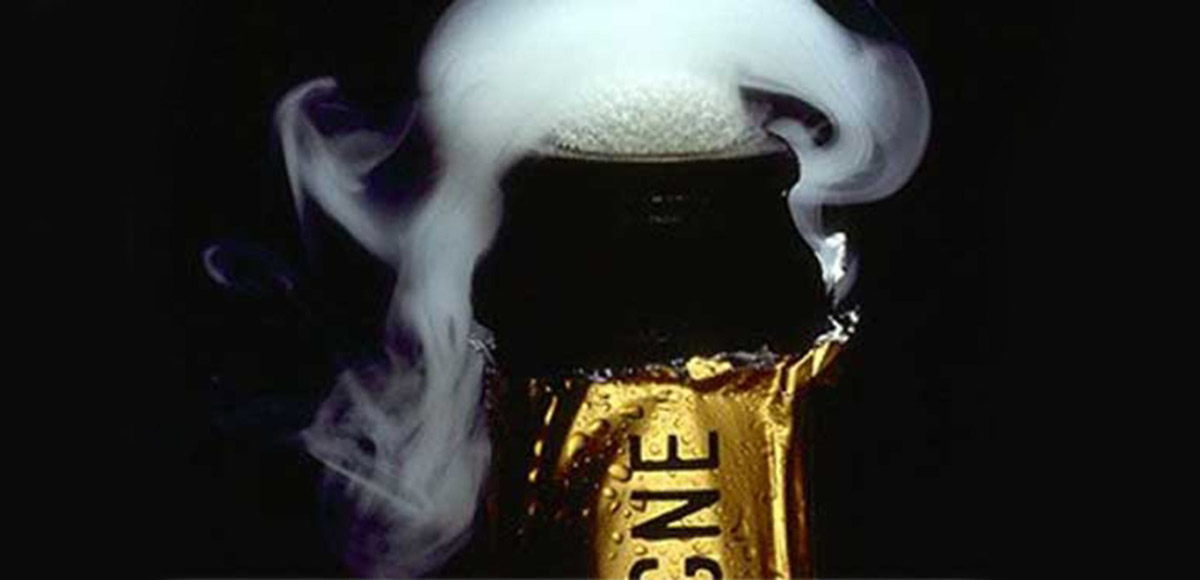
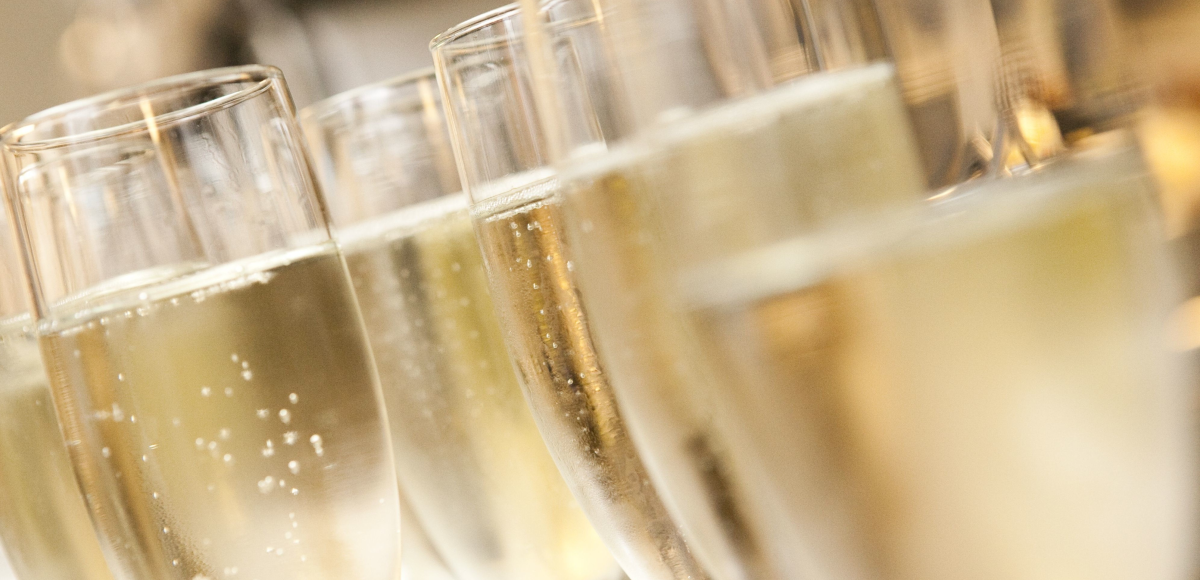
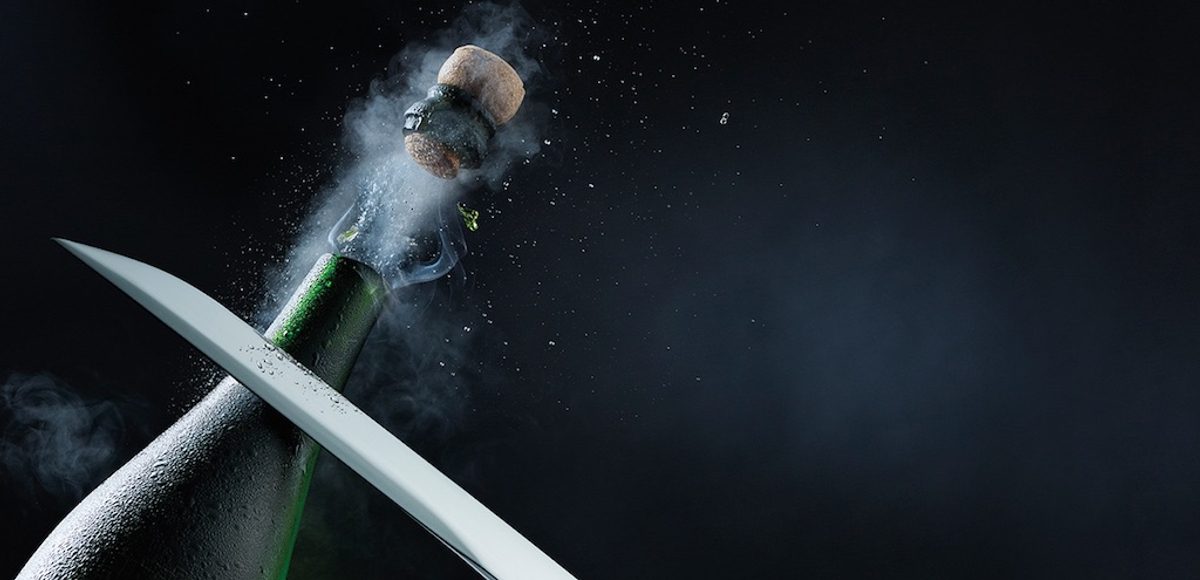
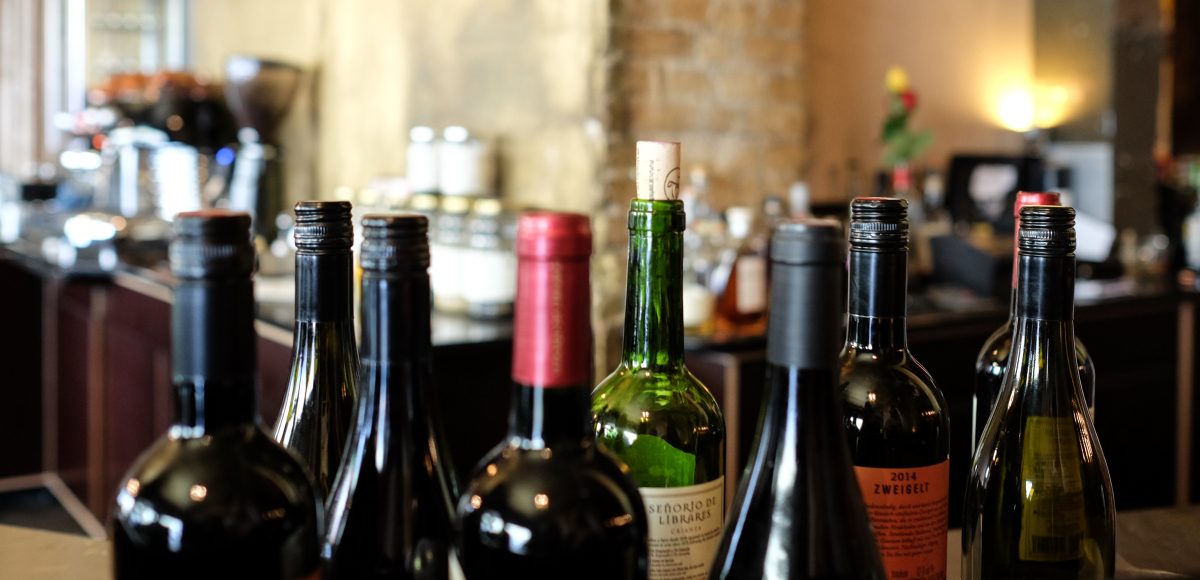
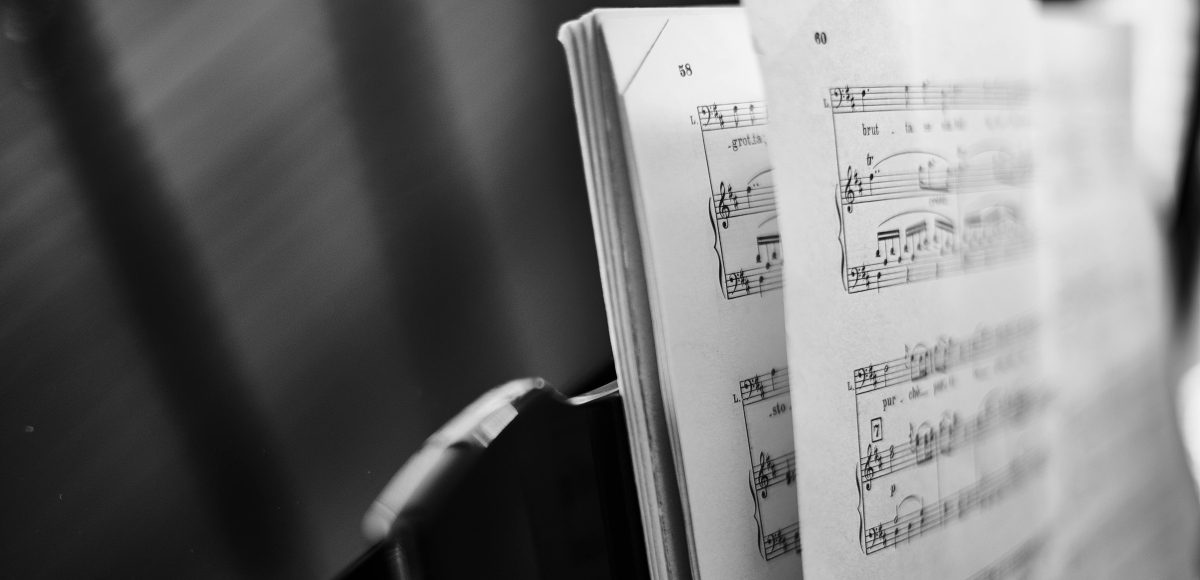
Pingback:DiscoverNet | 10 Types Of Wine Perfect For Winter | 9 September, 2022
|